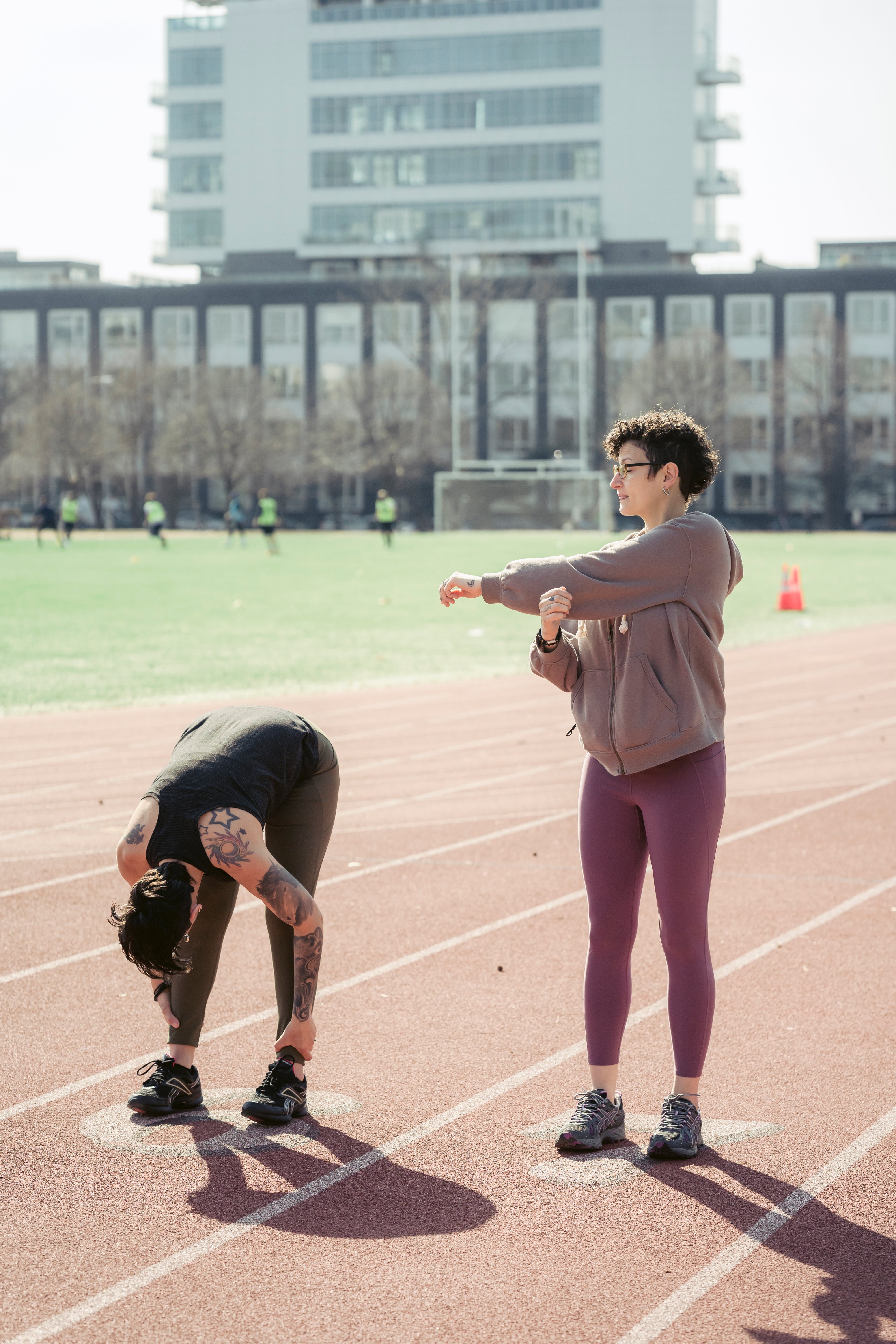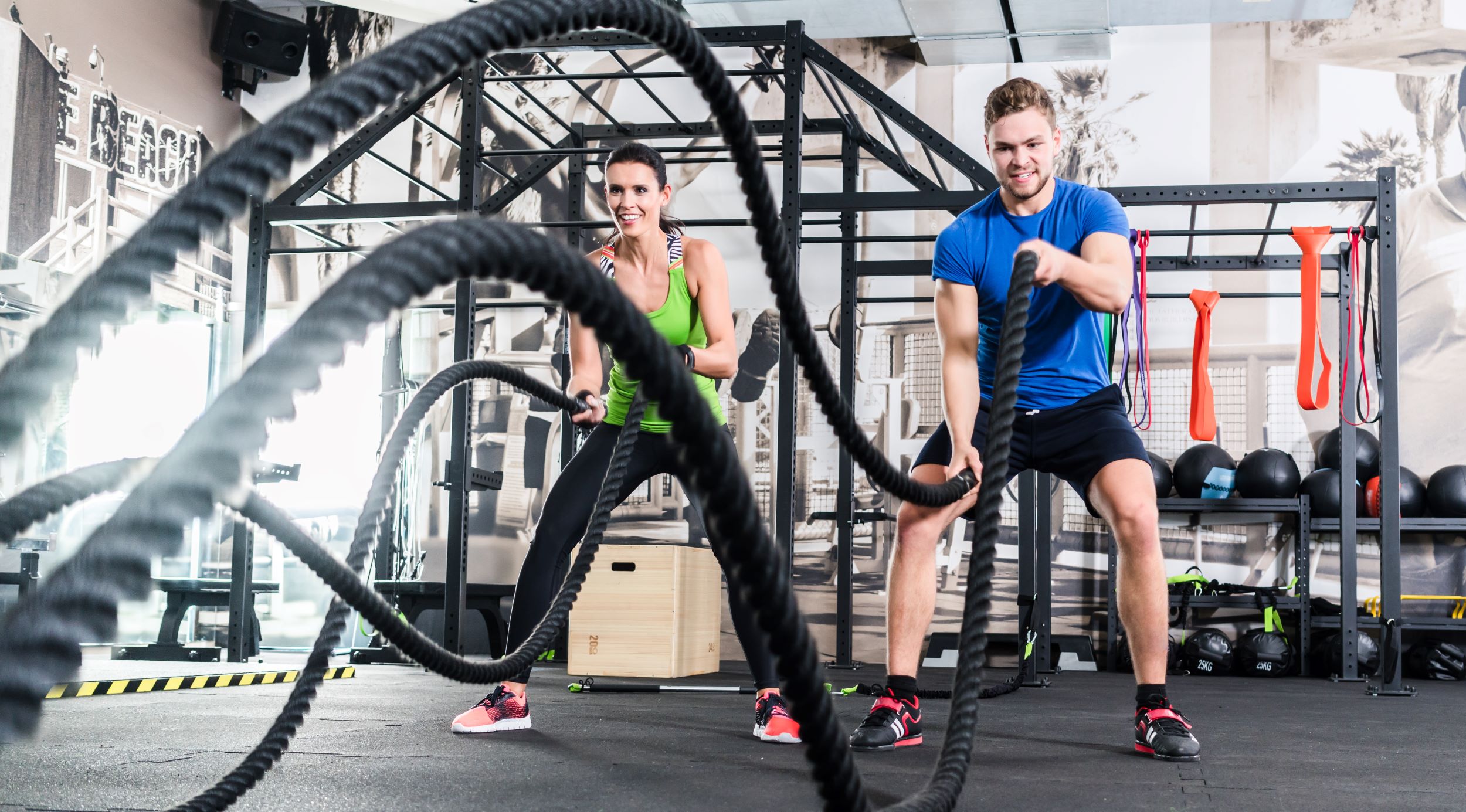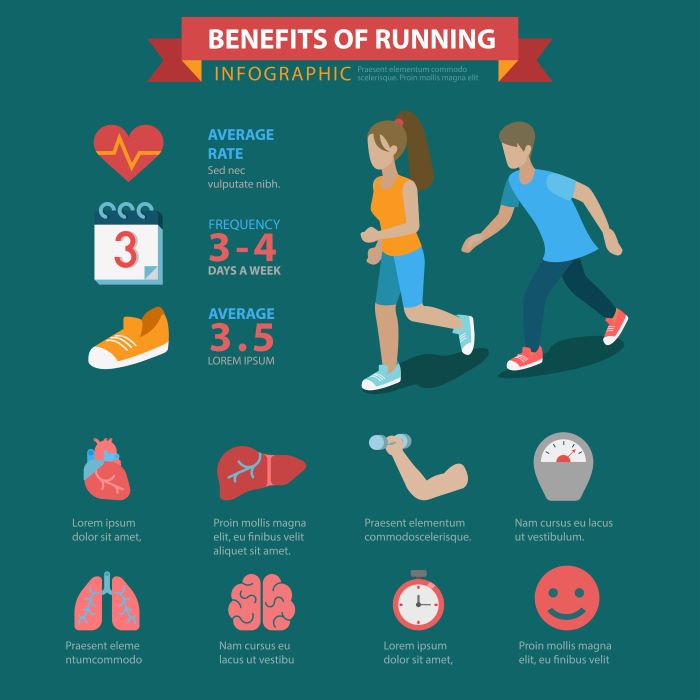For many, the journey to completing a half marathon can be both exhilarating and daunting, especially for runners over 60. Understanding the nuances of half marathon training for 60 year old athletes is crucial to ensure a successful experience. As we age, our bodies may require more attention and care, making proper training even more vital.
First and foremost, it’s important to focus on a well-structured training plan that accommodates your current fitness level and gradually builds your endurance. Consider the following key elements:
- Start Slowly: Begin with shorter distances and gradually increase your mileage each week. This helps prevent injuries and allows your body to adjust.
- Incorporate Cross-Training: Engage in activities like swimming or cycling to improve overall fitness without putting excessive strain on your joints.
- Prioritize Recovery: Adequate rest days are essential. Listen to your body and take breaks when needed to allow for recovery.
- Nutrition Matters: Fuel your body with a balanced diet rich in proteins, healthy fats, and carbohydrates to support your training and recovery.
Additionally, joining a community of fellow runners can provide motivation and encouragement throughout your training journey. Surrounding yourself with like-minded individuals can make the experience more enjoyable and less isolating.
Remember, every step you take is a leap towards fitness freedom. Visit our website to learn more and get started today! Click here.
Essential Pre-Training Considerations for 60 Year Olds

Before embarking on a half marathon training journey, especially at the age of 60 or older, several essential pre-training considerations should be taken into account. These factors not only enhance your training experience but also significantly lower the risk of injury.
First, it’s imperative to consult with a healthcare professional. A thorough check-up can help identify any underlying health issues and establish a safe baseline for your fitness. Discussing your training plans with a doctor can provide personalized advice tailored to your individual health needs.
Next, consider your current fitness level. Assess where you stand in terms of endurance, strength, and flexibility. A realistic self-assessment allows you to adjust your training plan accordingly, focusing on gradual improvements rather than pushing too hard too quickly.
Another key aspect is to invest in quality running gear. Proper footwear is crucial for older runners, as it offers the support needed to prevent injuries. Visit a specialty running store for a fitting, ensuring your shoes fit well and suit your running style.
Additionally, incorporating flexibility and strength training into your routine can be beneficial. Exercises that enhance core strength and improve flexibility can help with balance and stability, which are vital as we age.
Lastly, setting achievable goals can keep you motivated. Rather than solely focusing on the finish line, celebrate small milestones along the way, such as completing a certain distance or improving your pace.
Creating a Balanced Training Schedule for Half Marathons
Designing a balanced training schedule is essential for 60-year-old runners preparing for a half marathon. A well-structured plan not only enhances performance but also ensures that your body has adequate time to recover and adapt to the increasing demands of training.
Begin by determining your weekly running frequency. For most runners in this age group, aiming for three to four running sessions per week is ideal. This frequency allows you to build endurance while minimizing the risk of overuse injuries.
Your training schedule should include a mix of:
- Long runs: These sessions are crucial for building endurance. Gradually increase the distance each week, aiming for a long run that reaches about 10-12 miles a few weeks before the race.
- Tempo runs: Incorporate one tempo run each week. This involves running at a comfortably hard pace for a set distance, helping to improve your speed and stamina.
- Interval training: Short bursts of speed followed by recovery periods can significantly enhance your cardiovascular fitness. Consider including interval sessions once a week.
- Recovery runs: These easy-paced runs are vital for allowing your body to recuperate while still logging miles.
In addition to running, it’s important to schedule cross-training days. Activities such as cycling, swimming, or yoga can improve overall fitness and provide a break from running while still contributing to your training goals.
Ensure that you include rest days in your schedule. These days are critical for recovery and help prevent burnout. Listen to your body, and if you feel fatigued or sore, don’t hesitate to adjust your training plan.
Injury Prevention Tips for Older Runners During Training

Injury prevention is crucial for older runners, particularly those training for a half marathon. As we age, our bodies require more attention and care to withstand the rigors of training. Here are some essential tips to help keep you injury-free:
1. Warm-Up and Cool Down: Always start your training sessions with a proper warm-up to prepare your muscles and joints. Dynamic stretches, such as leg swings and arm circles, can increase blood flow and flexibility. Similarly, cooling down with static stretches post-run helps restore muscle length and aids recovery.
2. Listen to Your Body: Pay attention to any signs of discomfort or pain. If you experience persistent soreness, it’s essential to rest and consult with a healthcare professional. Ignoring pain can lead to more severe injuries.
3. Invest in Proper Footwear: Wearing appropriate running shoes is vital. Shoes should fit well and provide adequate support and cushioning. Replace them every 300-500 miles to ensure optimal performance and protection.
4. Incorporate Strength Training: Strength training can enhance muscle stability and joint support. Focus on exercises that strengthen the core, hips, and legs, such as squats, lunges, and planks. Aim for two strength sessions per week.
5. Stay Hydrated and Maintain Nutrition: Proper hydration and nutrition play a significant role in injury prevention. Ensure you drink enough water before, during, and after your runs. Also, consume a balanced diet rich in essential nutrients to support muscle health.
6. Gradual Progression: When increasing your mileage or intensity, do so gradually. The 10% rule is a helpful guideline—never increase your weekly mileage by more than 10% to minimize the risk of overuse injuries.
By following these injury prevention tips, older runners can train confidently and enjoy their journey towards completing a half marathon.
Nutrition Strategies to Fuel Your Half Marathon Training

Nutrition plays a pivotal role in fueling your body for optimal performance, especially during half marathon training. As a 60-year-old runner, it’s vital to focus on a balanced diet that supports endurance and recovery. Here are some effective nutrition strategies:
1. Prioritize Carbohydrates: Carbohydrates are the primary energy source for runners. Incorporate whole grains, fruits, and vegetables into your meals. Foods like brown rice, quinoa, oats, bananas, and sweet potatoes provide the necessary fuel for longer runs.
2. Maintain Protein Intake: Protein is essential for muscle repair and growth. Aim for lean sources of protein such as chicken, fish, legumes, and dairy products. Including protein in your post-run meals aids recovery and helps rebuild muscle tissues.
3. Healthy Fats are Important: Don’t shy away from healthy fats, which are vital for hormone production and overall health. Incorporate sources like avocados, nuts, seeds, and olive oil into your diet to support endurance and energy levels.
4. Stay Hydrated: Proper hydration is crucial for performance and recovery. Make sure to drink water throughout the day and consider electrolyte-rich drinks during long runs to replenish lost salts.
5. Pre-Run Nutrition: Fuel your runs with a small meal or snack that includes carbs and protein 30-60 minutes before your workout. Options like a banana with nut butter or a yogurt parfait can provide a quick energy boost.
6. Post-Run Recovery: After your run, consume a meal rich in carbohydrates and protein within 30 minutes to kickstart recovery. A smoothie with fruits and protein powder or a chicken salad with quinoa are excellent choices.
By implementing these nutrition strategies, you can enhance your performance, improve your recovery, and enjoy the journey of training for your half marathon.
Joining a Community to Enhance Your Running Experience

Joining a running community can significantly enhance your training experience, especially as you embark on the journey of preparing for a half marathon at 60. Being part of a supportive group not only motivates you but also provides valuable resources and shared experiences that can help you navigate your training.
1. Motivation and Accountability: Running with others can boost your commitment. A running community encourages you to stick to your training schedule and can help you push through tough days. Knowing that others are relying on you can be a strong motivator.
2. Shared Knowledge: Engaging with fellow runners allows you to share tips, strategies, and experiences. Veteran runners often have insights on effective training methods, pacing techniques, and nutrition that can benefit newcomers.
3. Social Connections: Running is not just a solitary endeavor; it can also be a social activity. By joining a community, you can make new friends who share your passion, making your training sessions more enjoyable and less daunting.
4. Organized Events: Many running communities organize group runs and events, which can provide a structured environment for training. Participating in these activities can help you gauge your progress and prepare for race day in a supportive atmosphere.
5. Access to Resources: Many running clubs offer access to expert advice from coaches and trainers, as well as workshops on topics like injury prevention and nutrition. This access can be a game-changer in enhancing your performance and keeping you injury-free.
Embrace the power of community as you train for your half marathon. Visit our website to learn more and get started today! Click here.


